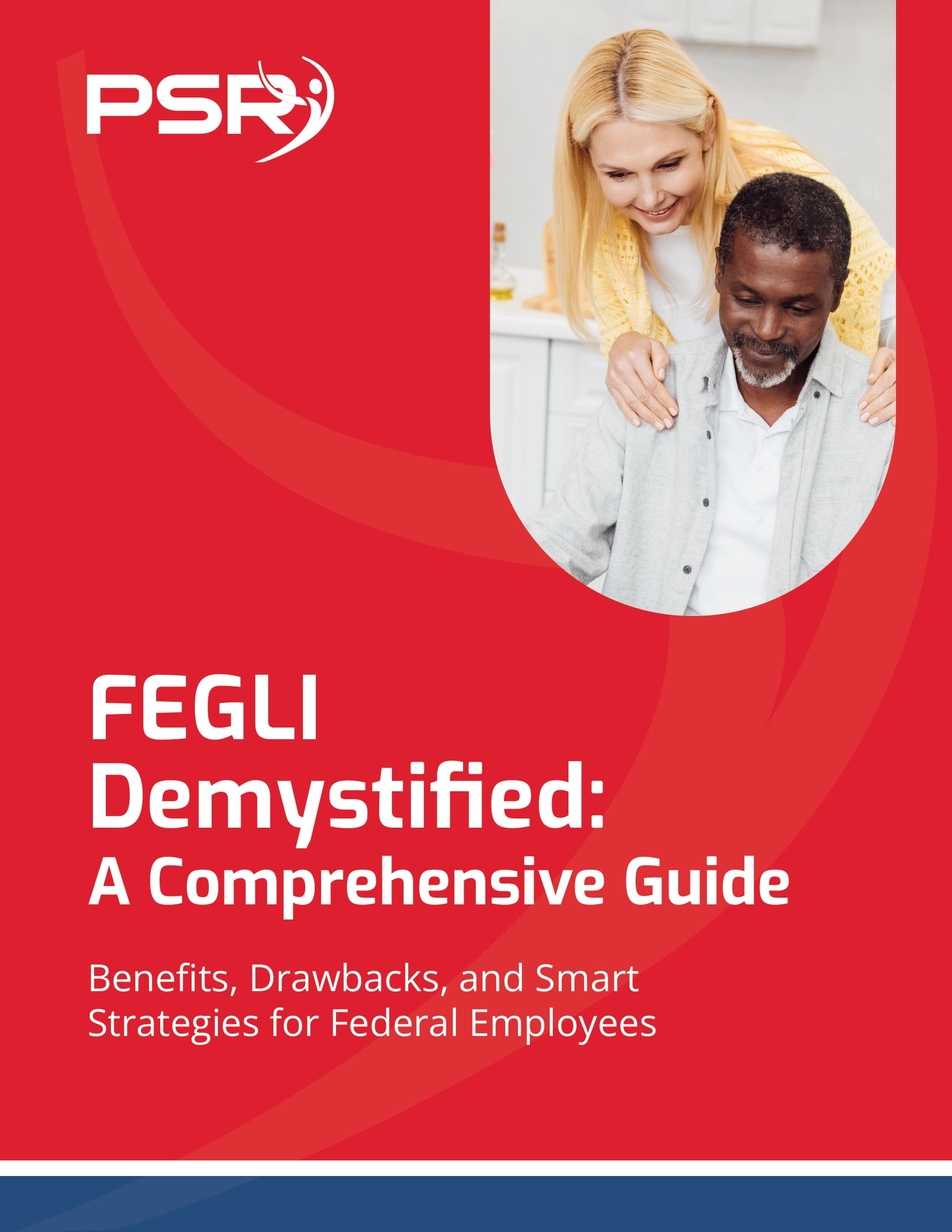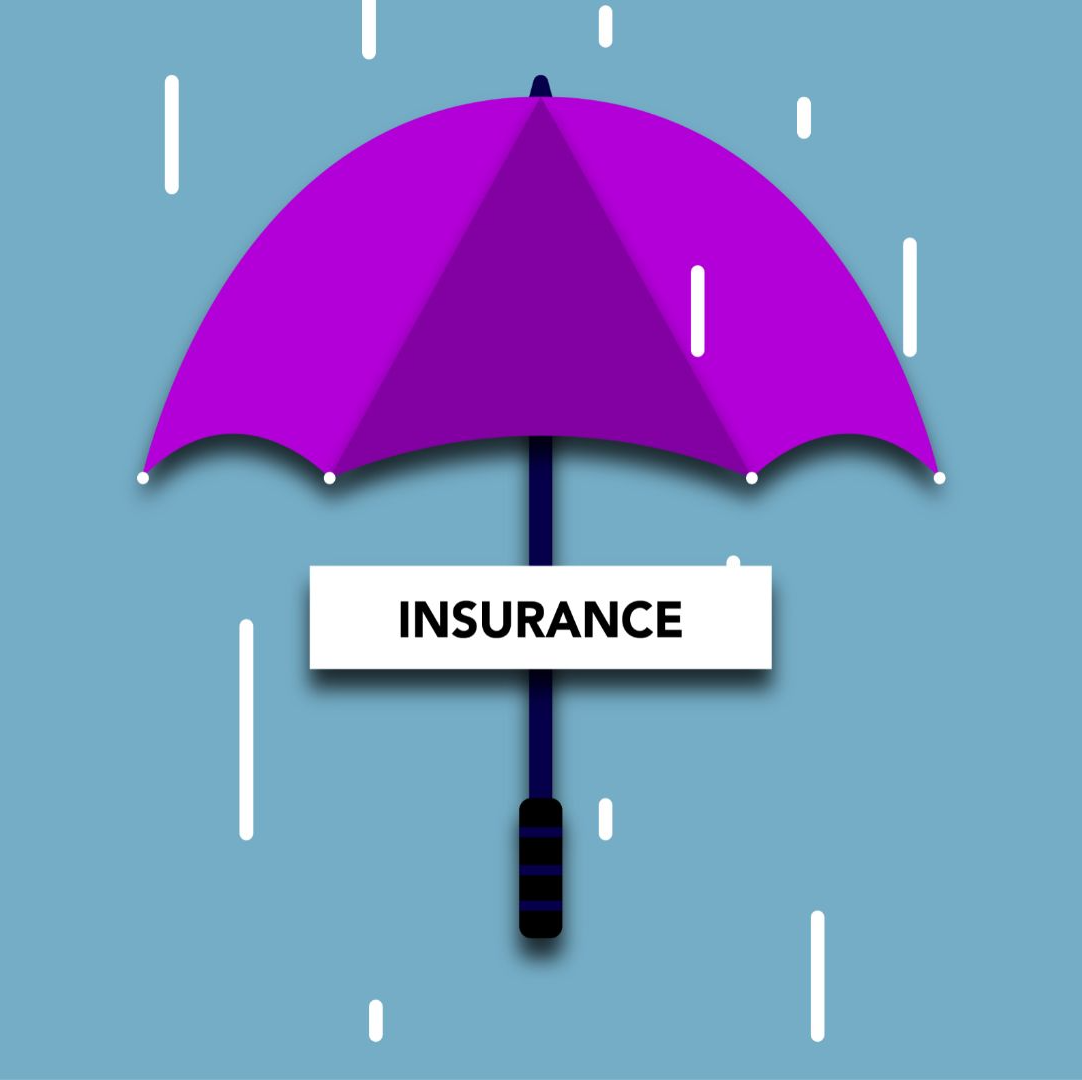 You can’t make any retirement contributions for the previous year anymore but with the start of the New Year, the stage is set for you to make up your mind so as to where your money is destined to go. There are different retirement accounts options available at your disposal and you can choose from the 3 different IRA types.
You can’t make any retirement contributions for the previous year anymore but with the start of the New Year, the stage is set for you to make up your mind so as to where your money is destined to go. There are different retirement accounts options available at your disposal and you can choose from the 3 different IRA types.
Retirement accounts and where to fund:
- Also Read: The FEHB-Medicare Combo Is Powerful—But Only If You Time Enrollment Correctly
- Also Read: Why More Federal Workers Are Reassessing Their TSP Withdrawal Strategies to Maximize Their Savings
- Also Read: Federal Employees, Here’s What You Need to Know About FEGLI Before You Retire
- The money will grow tax deferred so this is something that you need to be completely aware of.
- All the contributions are from the pre-tax dollars.
- When you will withdraw, all the money will be taxed as if it was ordinary income.
- If you withdraw before the age of 39 and a half, you will face a 10 percent withdrawal penalty.
- A 50 percent penalty will be applicable to you if you take a MRD every year until you reach 70.
Now let’s talk about the traditional non-deductible IRA that came to centre stage in 1987 as a result of the Tax Reform Act of 1986. Here are the things you need to know:
- The contributions for this account are from the after-tax dollars.
- The money once again will grow tax-deferred.
- Once again, when you withdraw you will be taxed just like normal income.
- The 10 percent penalty exists but the age is raised to 59 and a half.
- The 50 percent penalty persists but the age is changed to 70 and a half.
In 1997, we were introduced with the Roth IRA. This is probably the one you need to know about as there are many differences from the two traditional ones. Here are those differences:
- The money in the account will (apart from a few exceptions) will grow tax-free.
- If you withdraw money and you have kept the account open for at-least 5 years (and are at-least 59 and a half) your earnings won’t be taxed.
- A 10 percent early withdrawal penalty will be applicable if you withdraw before 59 and a half.
- Taking a RMD is not a requirement.
While there are things about the three different retirement accounts that might entice you, making the right choice is dependent on your needs but unanimously speaking a Roth IRA is the way to go.








